Support us
As a charity we rely on your donations to fund our free exhibitions, school activities and online resources
Empowering medical excellence, shaping healthcare futures.
In the Middle Ages intentional food deprivation was associated with religious fasting, in more extreme cases known as holy anorexia or ‘great starvation’. This practice was most commonly adopted by women, known as ‘fasting girls’ and was seen as imitating the suffering of Jesus.
Abstinence and temperance were central elements of early Christian theology. St. Thomas Aquinas wrote ‘Let us not give our minds to delights but to what is the end of delights. Here on earth it is excrement and obesity, hereafter it is fire and the worm’.
By the 1700s doctors could make a career as dietary specialists. The most prominent of these was the Scottish physician George Cheyne who practiced among the wealthy elite in the town of Bath – recommending a vegetarian diet and abstaining from all bread and grains.
Prominent individuals of the time, including the writer Samuel Johnson, spoke of struggles with their weight. Popular magazines condemned women who had ‘excess embonpoint’, or too much plumpness, and recommended avoiding meat, milk and broth.
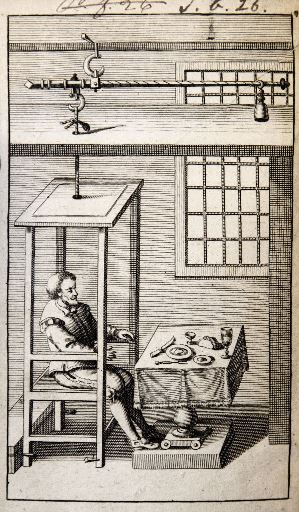
Santorio Santorio was a Venetian physician. His greatest achievement was the discovery of insensible water loss from the body. He did this by living for days at a time on a balance. His weight, everything he ate and drank, and all bodily waste leaving him, was carefully weighed.
Through this, he discovered that for every eight pounds of food he ate, his body only excreted three pounds. He concluded that there was imperceptible perspiration through the skin which could not otherwise be accounted for, even by sweating. Santorio said there was abundant water in exhaled air, which he demonstrated by breathing on a cold mirror.
Throughout the 1700s researchers continued to build their own weighing chairs across Europe to further the research started by Santorio.
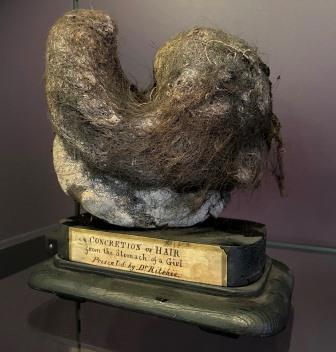
The word bezoar derives from the Persian ‘pad-zahr', meaning counter-poison. Bezoars form in the gastrointestinal tract and are usually made of vegetable fibres, seeds or animal hair. Bezoars were popular in the Middle Ages and into the 1600s as antidotes to poisons as well as treatments for smallpox, epilepsy, melancholy and plague. They were often valued at many times their weight in gold.
This example is a trichobezoar, a mass of undigested hair. These occur predominantly in females under the age of 20 and they are black regardless of hair colour. In 1715, an English physician, Frederick Slare blamed trichobezoars on mothers who gave hair to their children to fight stomach worms. Trichobezoars are now associated with the psychological disorders trichotillomania and trichophagia, or the compulsive pulling out and eating of hair.
Courtesy of The Hunterian, University of Glasgow
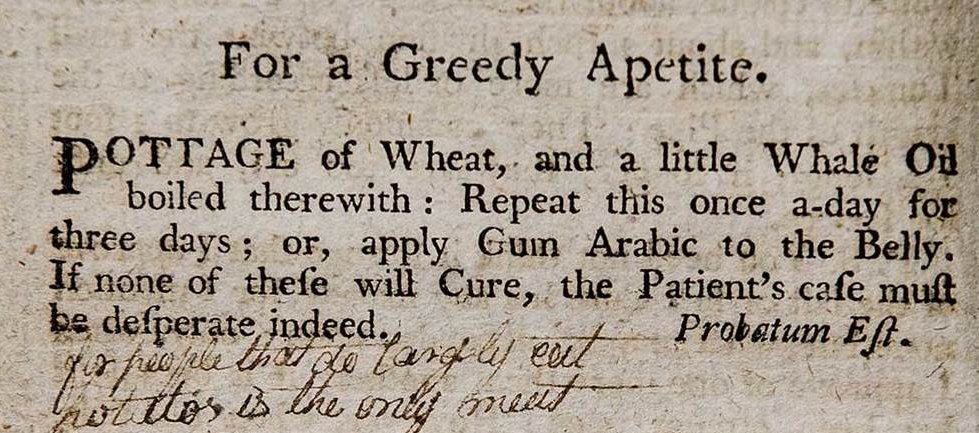
This is an example of a chapbook, a type of publication that was created using only a single sheet of paper, printed on both sides, and folded into individual pages.
Chapbooks were popular from the mid-1700s to around 1850. Around 200,000 chapbooks were sold in Scotland each year during this time. They were sold cheaply and so were easily available to all members of society.
Tayler’s recipe to cure a greedy appetite includes ingredients which would have been widely available in 1700s Scotland – including wheat stew and whale oil.
What is perhaps more striking is the marginalia poem added by one of the books readers, advising that:
for people that do largely eat
potatto is the only meat
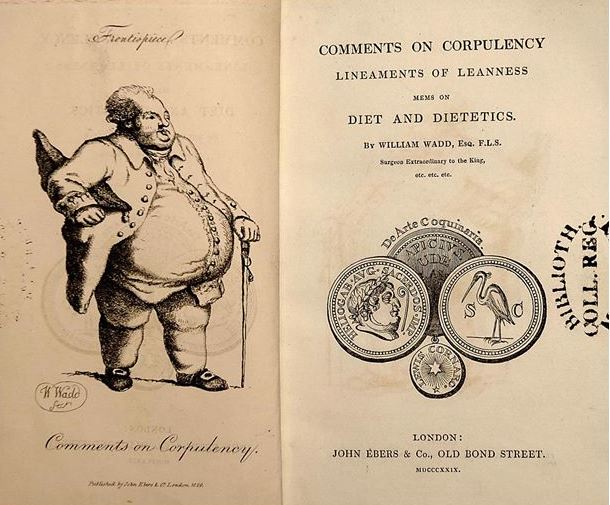
English surgeon William Wadd was personal surgeon to King George IV and an early advocate for healthy eating. According to medical writers such as Wadd, there were two types of fatness – corpulence and obesity. While the corpulence that Wadd wrote about could be good and moral, obesity always came as the result of a dissolute life.
Wadd wrote extensively on weight loss and he even believed that an excessive diet could cause spontaneous combustion brought on by flatulence. According to Wadd one French countess was ‘reduced to ashes’.
Wadd brought awareness to dieting, which became a popular concern in the Victorian period. He was also a skilled draughtsman and personally drew and engraved all the illustrations for his books.
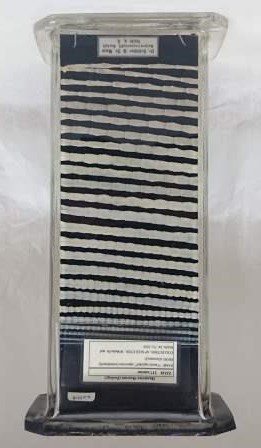
Tapeworms are a type of intestinal parasite which can reach up to 30 feet in length. They can cause diarrhoea, vomiting and jaundice. During the Victorian era, tapeworms became popular as a method of weight loss. Advertising slogans used to promote tapeworm use included ‘Eat! Eat! Eat! & always stay thin!’ and referred to them as ‘Friends for a fair form’.
The egg of the tapeworm was ingested through a pill and then the worm hatched and grew within the body. Once the diet was over, the person consumed an antiparasitic pill to kill. Speciality devices were also used to lure the tapeworm out – often containing milk or raw meat, which tapeworms were believed to find particularly tempting. This form of weight loss is extremely dangerous and is illegal in several countries.
Courtesy of The Hunterian, University of Glasgow
This blog was developed to accompany the exhibition FOOD: Recipe or Remedy, which ran from 28 April 2022 to 27 January 2023.
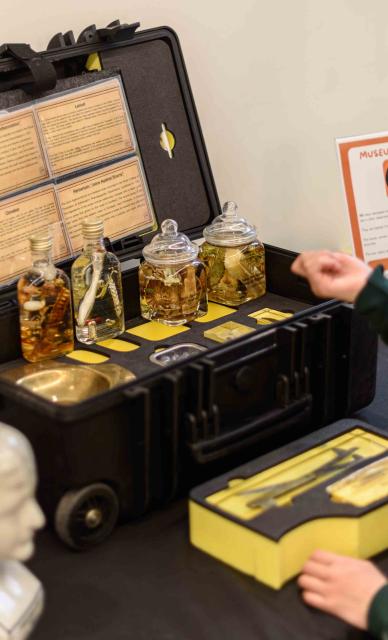
Support us
As a charity we rely on your donations to fund our free exhibitions, school activities and online resources